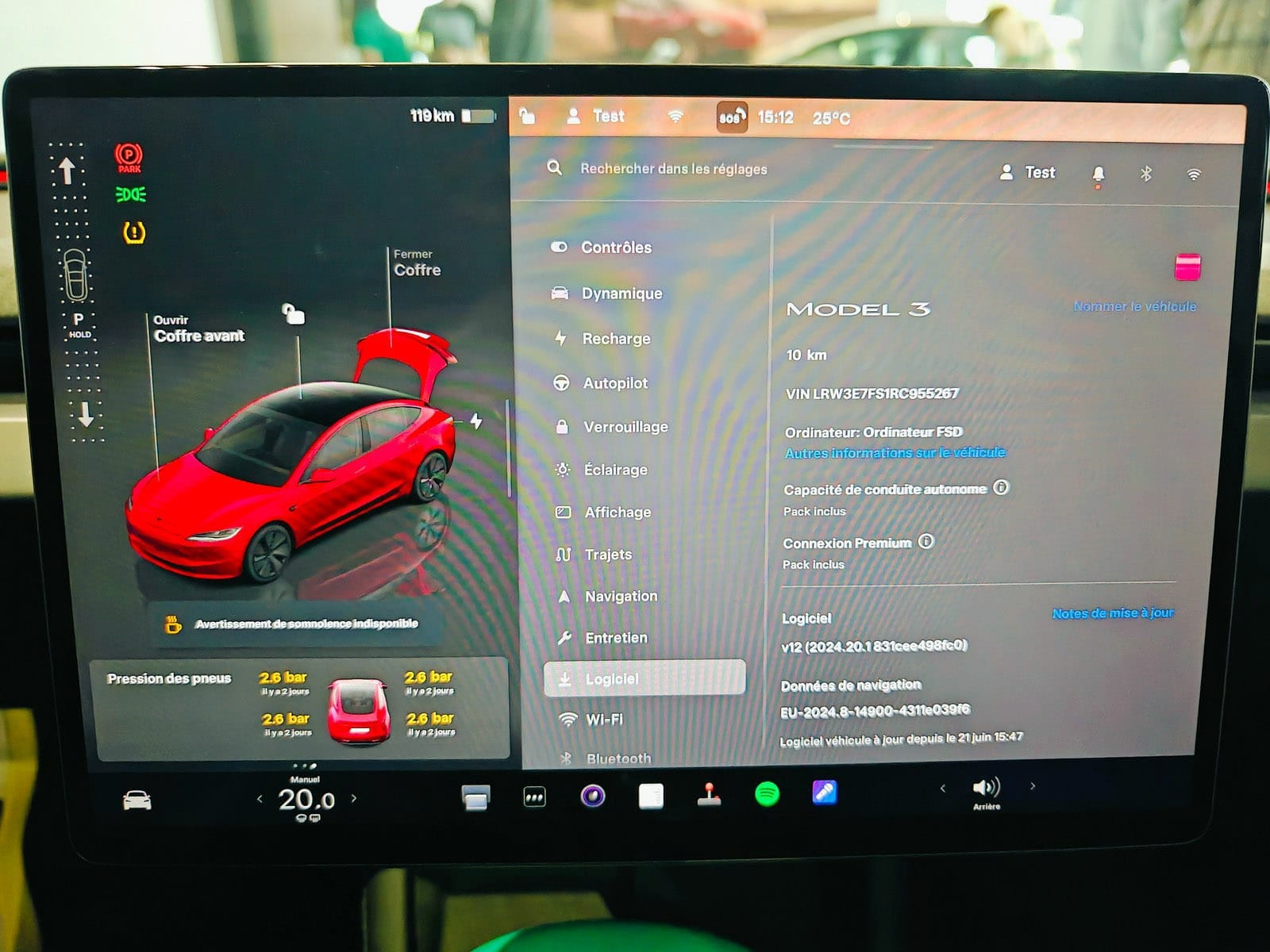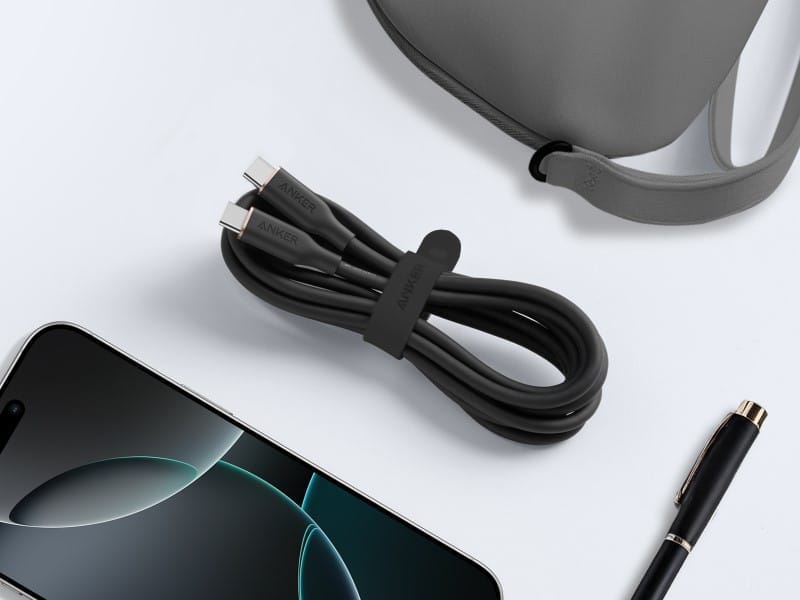Sony revealed the PS5 Pro in September, and fans can expect the new console to hit stores on November 7. Priced at $699.99, this mid-generation upgrade offers more powerful hardware compared to the standard PlayStation 5. In the launch event, Sony emphasized three major enhancements: AI-driven upscaling, improved ray tracing, and an expanded GPU.
Improved Gaming Experience
Thanks to these upgrades, the PlayStation 5 Pro is expected to deliver a significantly better gaming experience than its non-Pro counterpart (Slim model can be found on Amazon). Leading up to the launch, YouTuber Gabriel Master has shared footage showcasing several games on the new console. He claims that the enhanced hardware provides a clear performance boost.
Performance Highlights
For instance, a gameplay video of Dragon’s Dogma 2 reveals that it operates more smoothly on the PS5 Pro. The same can be said for Monster Hunter Wilds, which seems to run at a higher resolution and maintain steadier FPS when compared to the original model.
Gabriel Master also posted gameplay of Spider-Man 2, and it looks like the game runs seamlessly at 60 FPS with the resolution cranked up to 4K and ray tracing enabled.
Game Boost Feature
The YouTuber also highlighted the Game Boost feature. In his footage of Red Dead Redemption 2, it’s visible that the texture quality has improved, and the game runs at a higher resolution than what the standard PlayStation 5 offers.
Other gameplay clips shared by the YouTuber include Dragon Age: The Vanguard and The Last of Us Part II Remastered. Both titles are displayed running at 4K resolution and 60 FPS.
Gabriel Master’s YouTube channel (videos embedded above) via: Wccftech.

















